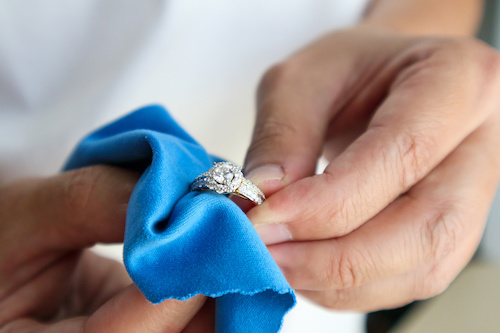When buying a diamond, understanding diamond grading is essential to ensure you’re making a smart investment. At Gem Classics, we believe in helping our customers make informed decisions, which is why we’re breaking down what diamond grades really mean. This guide will give you the tools you need to understand how diamonds are evaluated, whether you’re shopping for earrings, an engagement ring, or another fine jewelry piece.
The 4 Cs of Diamond Grading
Diamond grading is based on four key factors, commonly referred to as the 4 Cs: Cut, Color, Clarity, and Carat weight. These characteristics play a huge role in determining a diamond’s value, so understanding each is critical.
-
Cut
The diamond’s cut indicates its shape and how well it is faceted. It’s the most important factor in determining a diamond’s sparkle and brilliance. A well-cut diamond features a beautiful shine due to how it reflects light, while a diamond that has been poorly cut may lack shine, even with a high clarity or color grade. Some of the most popular options include princess, round, and oval, each offering a unique style and look.
-
Color
Jewelers grade diamonds on a color scale. This scale goes from D (completely colorless) to Z (noticeable yellow or brown tint). The less color a diamond has, the more valuable it generally is. However, some people prefer diamonds with a slight hint of warmth, as it can complement certain jewelry designs. At Gem Classics, your trusted Dallas jeweler, we can help you find a diamond color that matches your taste.
-
Clarity
Clarity refers to the presence of internal flaws, called inclusions, and external imperfections, known as blemishes. Diamonds are graded on a scale from Flawless ( with no inclusions visible at 10x magnification) to Included (flaws visible to the naked eye). In most cases, small inclusions won’t affect a diamond’s beauty, especially if they’re placed in spots that are difficult to see. Our jewelry appraisals can help you better understand the clarity grade of your diamond and how it impacts its value.
-
Carat Weight
Carat weight refers to how much a diamond weighs, and it has a significant influence on the size of the stone. It’s important to note that a higher carat weight doesn’t necessarily mean a better diamond—quality matters just as much as size. A smaller, well-cut diamond with excellent color and clarity can be just as beautiful, if not more so, than a larger one with lower grades.
Certification and Its Importance
In addition to the 4 Cs, diamond certification is critical. Certification from a trusted lab, such as the Gemological Institute of America (GIA), ensures that the diamond’s qualities have been accurately and independently evaluated. A certified diamond is more valuable and trustworthy. If you’re purchasing a diamond, look for a Dallas jeweler like Gem Classics that provides certified diamonds and reliable jewelry appraisals.
Beyond the Grades
While understanding diamond grading is important, it’s also essential to consider personal preferences. A diamond’s beauty isn’t just in its grade—it’s in how it fits your unique style and the setting you choose. Whether you’re drawn to a modern, minimalistic design or a vintage-inspired piece, Gem Classics has something for everyone.
At Gem Classics, we want to ensure you find the perfect diamond for your needs and budget. By understanding diamond grades and certifications, you can confidently make a choice that you’ll love for a lifetime. For expert advice and a large selection of certified diamonds, visit us today. Let us be your trusted Dallas jeweler for all your diamond needs!



